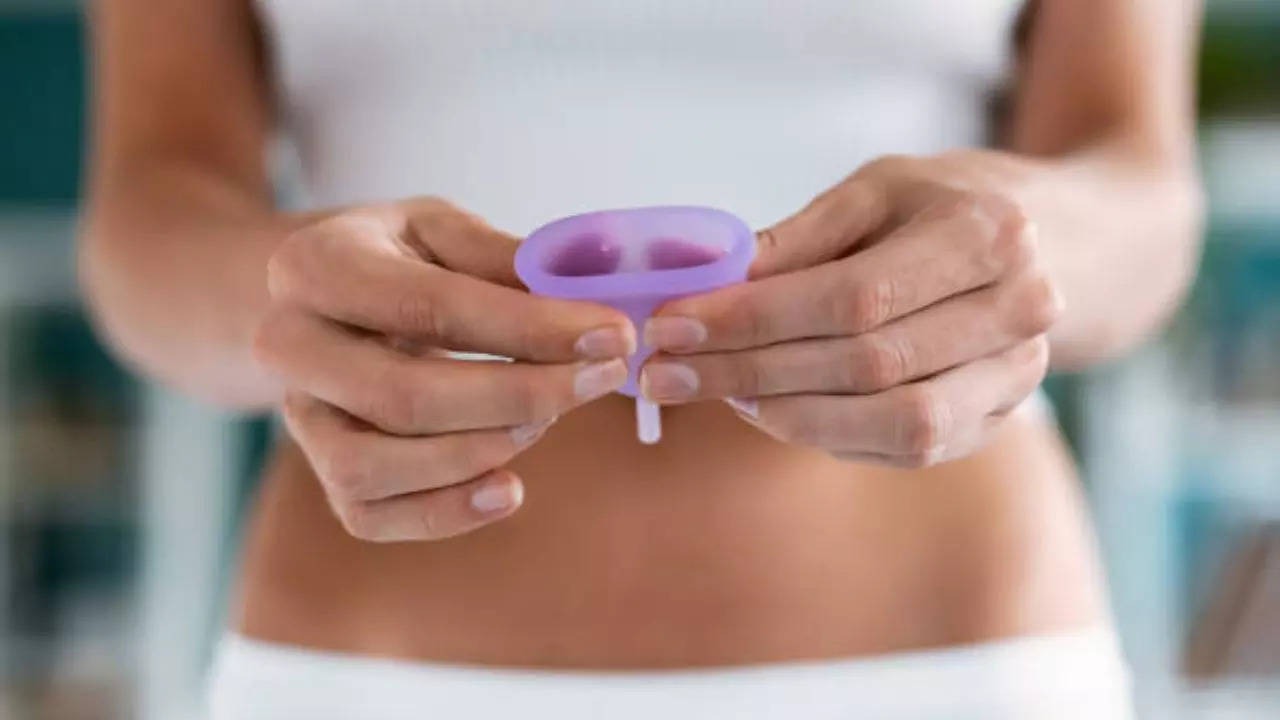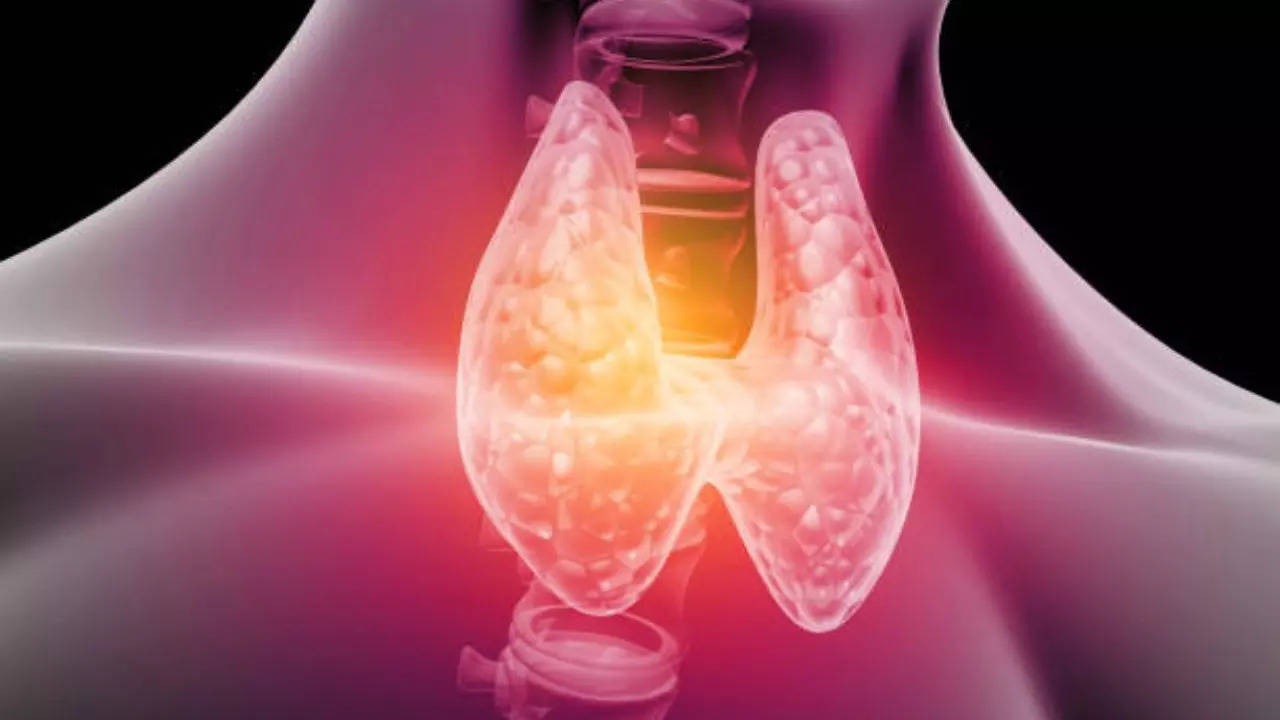
Many women are now switching from tampons and pads to menstrual cups due to concerns over toxic chemicals, waste, and health risks. These eco-friendly, cost-effective, and convenient alternatives have gained popularity, but experts warn that choosing the right size and shape is crucial to avoid complications like leakages and infections.
A recent case study has highlighted a rare but serious health issue caused by an improperly positioned menstrual cup, leading to kidney injury in a woman in her early 30s.
How Did the Menstrual Cup Cause Kidney Injury?
The woman began experiencing abdominal pain and blood in her urine, symptoms that persisted for six months. A medical scan revealed swelling in her right kidney and ureter—the tube that carries urine from the kidney to the bladder.
Doctors discovered that the edges of the menstrual cup were pressing against the ureter, causing mechanical obstruction and urine buildup. Since the ureter runs close to the vaginal wall, the pressure from a poorly positioned cup can block urine flow, leading to swelling and discomfort.
To prevent further complications, doctors advised her to stop using the cup during her next cycle. After a month, a follow-up scan showed that the kidney swelling had reduced, and her symptoms had disappeared.
"The complete relief of symptoms and regression of swelling supported the diagnosis that the menstrual cup had mechanically obstructed the right ureter," said Dr. Clara Maarup Prip and Dr. Lotte Kaasgaard Jakobsen from Aarhus University in Denmark, who studied the case.
The Importance of Proper Menstrual Cup Positioning
The case highlights the need for correct menstrual cup placement, especially in women with a tilted pelvis.
- If positioned too high, the cup can press against the ureter, potentially leading to kidney swelling.
- Doctors recommend placing the cup lower in the vaginal canal to reduce the risk of compression.
- Women should be aware of warning signs that require medical attention, including:
- Flank pain or abdominal pain
- Blood in the urine
"Although rare, women should be informed about these symptoms. Choosing the correct cup size and inserting it properly can help avoid complications," said Dr. Maarup Prip and Dr. Jakobsen.
What Are Menstrual Cups?
Menstrual cups are small, flexible receptacles inserted into the vaginal canal to collect menstrual blood. They serve as an alternative to tampons, sanitary pads, and period underwear.
Menstrual cups are made from various materials, including:
Natural rubber
Medical-grade silicone
Thermoplastic elastomers
Reusable cups can last up to a decade, reducing waste, while some manufacturers also offer disposable, single-use options.
How to Use a Menstrual Cup Safely
To prevent discomfort and health issues, follow these steps for safe use:
Wash your hands before inserting the cup.
Apply a water-based lubricant to make insertion smoother.
Fold the menstrual cup tightly in half, holding it with the rim facing up.
Insert the cup like a tampon without an applicator and ensure it unfolds properly.
Rotate the cup slightly to create a seal against the vaginal walls.
Remove the cup within 12 hours, clean it thoroughly, and wash your hands properly.
By following proper insertion techniques and choosing the right size, menstrual cups can be a safe, sustainable, and comfortable period care option. However, women experiencing persistent pain or unusual symptoms should consult a doctor immediately.

 Desk
Desk Share
Share






